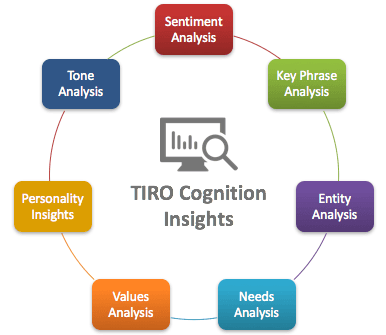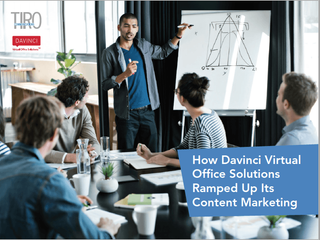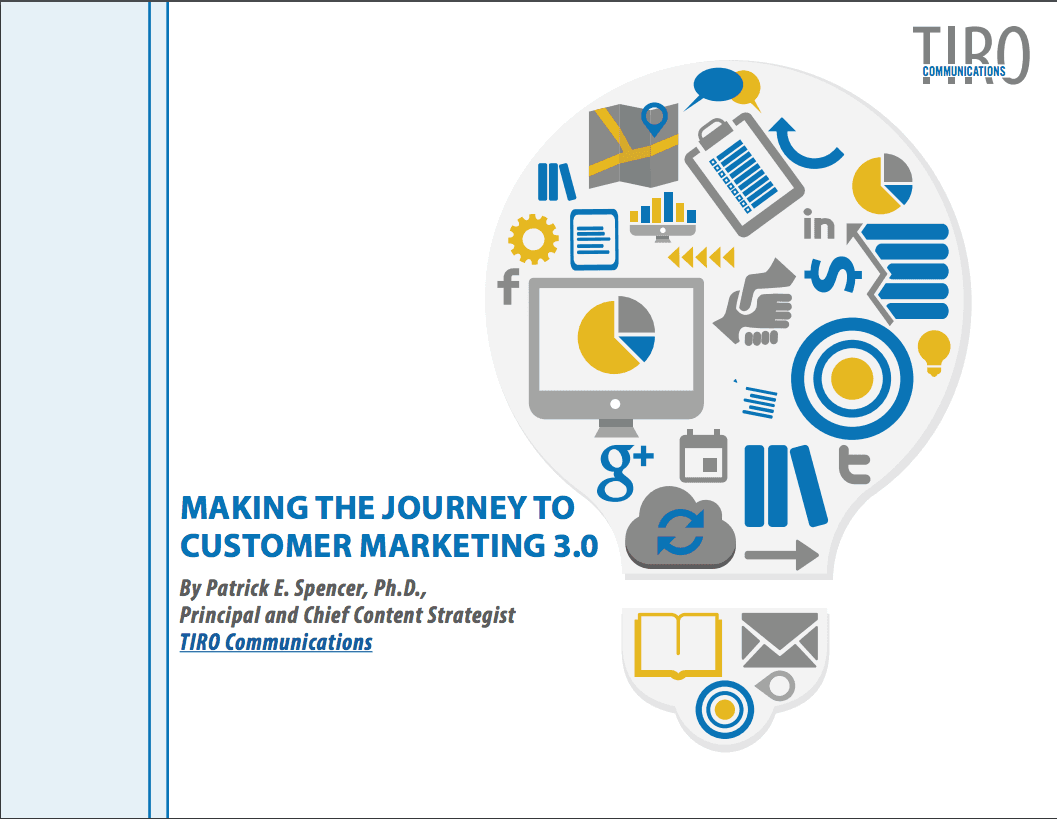Evolution of Content Enablement
- By Patrick Spencer
- •
- 28 Mar, 2016
- •
From Centralized Repositories to Intelligent Syndication and Personalization

Content Repository Challenges in Customer Marketing
The genesis of my professional career started in the Customer Marketing function at Sun Microsystems. Back in the late 1990s and early 2000s, spreadsheets reigned as the means for tracking customer marketing activities and content, with content repositories residing on flat files stored on intranet sites. Recognizing the inefficiencies this presented to sales, marketing, professional services’ consultants, I wrote a business requirements document for a Java engineer down the hallway who turned it into a three-tier, Web-based application that streamlined our back-end management of customer advocates-references and provided a self-service intake-outtake interface for the field.
Initially targeted at our Professional Services team (the organization within which I resided at the time), the application was highly popular and achieved virtual 100 percent adoption. Sales and consultants were able to find content that met their business requirements quickly and easily. In addition, rather than spending 25 or 30 percent of my time fielding peer-to-peer reference requests and inquiries for case studies, videos, and PowerPoint slides from account executives and consultants, I was able to focus my attention on building relationships with customers, sales, and consulting as well as creating compelling content. An ROI analysis we conducted demonstrated several thousand dollars in annual productivity gains.
Based on this success, we were chartered to roll out the same solution for all of Sun Services. Under the aegis of a Sun Sigma Project commission, we consolidated 36 different Customer Marketing systems and programs into a centrally managed group with the Web-based customer marketing management system at its core.
The result gave sales one repository that was fully tagged and searchable for all Customer Marketing-related content (in addition to self-service peer-to-peer reference capabilities), saving thousands of staff hours annually and enabling sales and marketing to focus on customers and business-critical initiatives instead of culling through 36 different systems and sites. Yet when it came to content consolidation and syndication, the solution was limited to customer marketing content and moreover did not integrate with the company’s customer relationship management (CRM) system.Making the CRM Connection
I spent the next nine years at Symantec as the head of Content and Customer Marketing. I was initially recruited to lead Customer Marketing, and a couple of years into my tenure I also assumed responsibility for Content Marketing. No multi-tier, relational customer marketing management system existed. For Customer Marketing content (which at the time consisted of generic case studies), the salesforce relied on what was posted on Symantec.com. Over a period of several years, my team rolled out three different iterations of a customer marketing system, with the final version integrating into the company’s Salesforce CRM deployment. Like the customer marketing management system at Sun, these provided sales and marketing (and any other employee) with the ability to search for and find Customer Marketing content assets per various segments (several thousand Customer Marketing assets had been completed for 750+ customers and partners when my team and I left).
However, while all Customer Marketing content assets could be found and retrieved in virtual real time, all other types of content assets (e.g., thought leadership reports, blog posts, magazine articles, white papers, data sheets, etc.) were scattered across websites, intranet sites, and flat files. And though admittedly before the availability of today’s SaaS-based content libraries and syndication systems, we tried several times to get a green light to proceed in the organic development of a Web-based content asset library. But as this was outside of the team’s charter and responsibilities, we never able to get budget nor a green light to proceed.
Content Enablement Becomes Intelligent
At LivePerson, where I served as the head of Customer and Content Marketing for about a year and a half, we turned to Boulder Logic (recently acquired by RO Innovation) for a customer marketing management system. In addition to a centralized content library and Salesforce integration, the solution also made intelligent reference recommendations—both content and peer-to-peer references within the Salesforce Activity History of each prospect-customer record in Salesforce. Further, business development representatives and account executives could send relevant content directly from the Activity History in Salesforce. We also were able to generate metrics for “content usage” per content asset, advocate-reference account, as well as per opportunity.
Yet this only addressed Customer Marketing-related content. A solution for all content marketing assets was needed. And while we acquired and implemented Kapost for content marketing management, Kapost was just in the process of releasing its Content Gallery product at the time. Hence, while marketing finally had centralized visibility, access, and management of content marketing assets, sales and other groups without administrative or editorial privileges were still relegated to time-consuming and sometimes ineffective searches of our employee intranet.
Before launching TIRO Communications, I spent a year as the head of Marketing at PRO Unlimited where we implemented Kapost’s Content Gallery. Our 150-plus content assets were tagged and stored and could be searched and retrieved by any employee, thus saving countless hours of time-consuming searches by business development and client services staff. Additionally, leveraging the analytical capabilities within Kapost, we had an array of metrics to the granularity of individual campaigns as well as content asset such as number of times used, influence in areas such as qualified leads, etc. These analytics enabled us identity what content types and even individual content assets performed well, and which ones did not (across all channels—sales and client services to the website and marketing campaigns) and make determinations on future content and campaign creation.
Completing the Content Enablement Narrative
Despite our success, the “content enablement” narrative was still incomplete—at least from the standpoint of sales. While Kapost captures content and campaign analytics vis-à-vis its Salesforce API connection (e.g., MQLs generated, SQLs produced, opportunities created, etc.), it does not produce dynamic, intelligent content recommendations within the CRM (as is the case with the customer marketing Boulder Logic-RO Innovation solution we deployed at LivePerson).
Further, the content enablement is not predictive, providing sales and consultants with intelligent recommendations to help them to target content to their prospects and customers that resonate and produce optimal results. The upside for content strategists and marketers is the advent of a new breed of content enablement solutions such as KnowledgeTree, Seismic, Docurated, among others that begin to address these requirements.
But the possibilities are broader than just content personalization and intelligent targeting; rather the next stage of content enablement also encompasses the integration of machine learning (or artificial intelligence), whereby content recommendations are made based on predictive and prescriptive analytics. The content an account executive or consultant uses is based on elements such as market segment, persona, journey stage, and past content performance in each of those areas. As more information passes through the system, the more intelligent it becomes. While some of the above solutions are beginning to explore artificial intelligence, much work remains to be done.
It truly is an exciting time for content strategists and marketers. Transformation in content marketing over the past decade and a half offers substantial business possibilities, and vast opportunities are still to be discovered and leveraged. Of course, a great content enablement approach is just one lynchpin in an organization’s broader content strategy. All of these different pieces need to be in alignment to generate optimal results. Contact us today for help in navigating between the varied options that exist.













